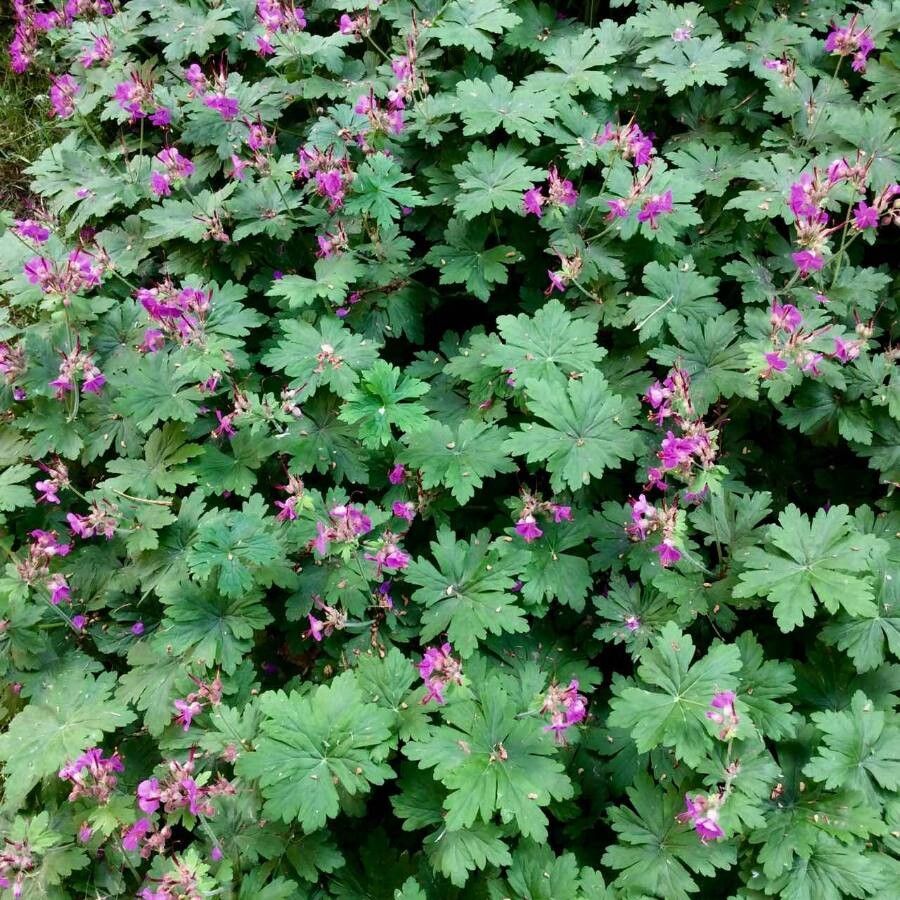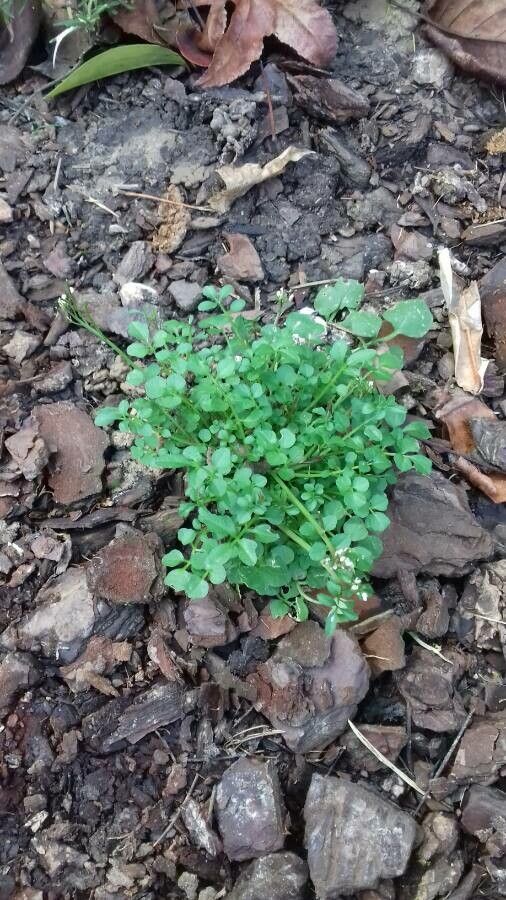## Rock Crane's-bill: A Gardener's Delight
The Rock Crane's-bill (*Geranium macrorrhizum*), a member of the Geraniaceae family, is a charming and resilient perennial that adds a touch of wild beauty to any garden. Its captivating foliage and vibrant flowers make it a popular choice among gardeners seeking low-maintenance, hardy groundcover. This guide provides comprehensive information to help you successfully cultivate this delightful plant.
### Habitat and Growth
Native to mountainous regions of Europe, Rock Crane's-bill thrives in well-drained soils and enjoys a sunny to partially shaded location. Its sprawling habit makes it ideal for rock gardens, slopes, and areas where a tough, spreading groundcover is needed. It typically grows to a height of 1 to 1.5 feet (30-45 cm) and spreads outwards to create a dense mat of foliage.
### Sun Exposure and Soil Needs
Rock Crane's-bill is remarkably adaptable to various light conditions. While it prefers full sun to partial shade, it can tolerate some shade, particularly during the hottest parts of the day. Well-drained soil is crucial; it dislikes soggy conditions that can lead to root rot. It tolerates a wide range of soil types, from sandy loam to rocky, well-drained soils.
### Planting and Care
Planting Rock Crane's-bill is straightforward. Choose a location with appropriate sun exposure and well-drained soil. Dig a hole slightly larger than the root ball and gently place the plant in the hole, ensuring the crown is at soil level. Water thoroughly after planting. Once established, Rock Crane's-bill is relatively drought-tolerant and requires minimal watering, especially in well-drained soil. Regular deadheading (removing spent flowers) encourages more blooms and prevents self-seeding.
### Propagation
Rock Crane's-bill can be propagated through division in spring or fall. Carefully dig up the plant, divide the root ball into sections, each with healthy roots and shoots, and replant them in suitable locations. Seeds can also be sown in autumn or spring, though this method is less commonly used.
### Pest and Disease Resistance
This hardy plant is generally pest and disease resistant. However, occasional issues such as slugs or snails may occur. Regularly inspecting the plant and taking appropriate measures, such as using slug pellets or hand-picking, can prevent significant damage.
### Uses in the Garden
Rock Crane's-bill’s versatility makes it a valuable addition to various garden settings. It excels as a groundcover, suppressing weeds and preventing soil erosion. It also works well in rock gardens, borders, and as a companion plant for other drought-tolerant species. Its attractive foliage remains visually appealing even after flowering.
### Conclusion
The Rock Crane's-bill is a low-maintenance, attractive perennial that adds beauty and resilience to any garden. Its adaptability, tolerance to drought, and pest resistance make it an excellent choice for beginners and experienced gardeners alike. By following these simple guidelines, you can enjoy the beauty of this versatile plant for years to come.
Rock Crane's-bill: Planting & Care Guide

Frequently Asked Questions
How do I care for a Rock Crane's-bill?
Rock Crane's-bill requires minimal care. Ensure well-drained soil, provide adequate sunlight (full sun to partial shade), water thoroughly after planting, and deadhead spent flowers to promote continuous blooms. It's relatively drought-tolerant once established.
Is Rock Crane's-bill drought tolerant?
Yes, Rock Crane's-bill is quite drought-tolerant once established. However, regular watering is beneficial, especially during prolonged dry periods, particularly for newly planted specimens.


